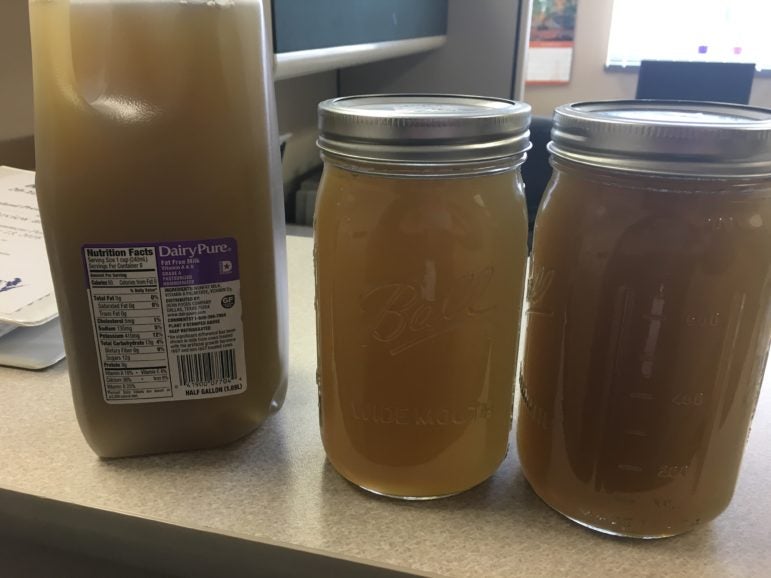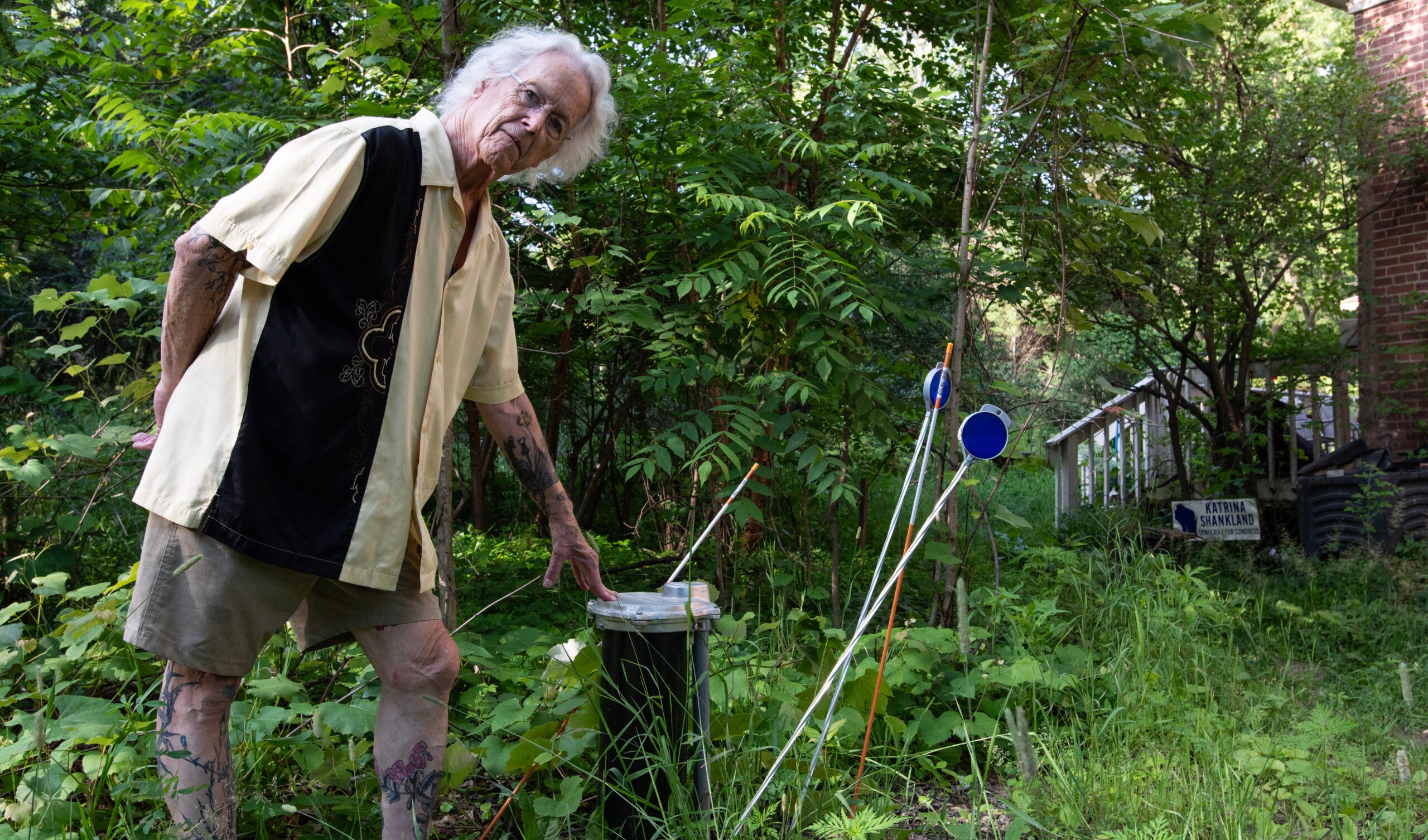Wisconsin is among 10 states that have seen growing problems with nitrate contamination in drinking water, according to a new report by Environmental Working Group (EWG).
Nitrate contamination stems from a variety of sources, including farm runoff and leaking septic tanks or sewage. Long-term exposure to excess nitrate levels can cause blue-baby syndrome — a condition that affects how oxygen is transported through the blood. Nitrate exposure in infants under six months can cause serious illness or death.
The group analyzed data from more than 4,000 community water systems between 2003 and 2017 from California, Illinois, Iowa, Kansas, Maryland, Nebraska, Oklahoma, Pennsylvania, Texas and Wisconsin. The review found contamination has grown worse for 52 percent of those systems or more than 2,100 utilities serving nearly 21 million people.
News with a little more humanity
WPR’s “Wisconsin Today” newsletter keeps you connected to the state you love without feeling overwhelmed. No paywall. No agenda. No corporate filter.
In Wisconsin, tests showed nitrate levels of 3 milligrams per liter in drinking water systems that serve around 1.1 million people in 303 communities. Contamination is getting worse for 54 percent or 165 of those water supplies affecting around 425,000 people, according to Anne Schechinger, senior analyst of economics for EWG.
“Wisconsin was similar to all of the states where small systems are really the ones impacted the most by this,” said Shechinger. “In Wisconsin, 83 percent of systems that had increased contamination served 3,300 people or less.”
She said smaller communities often can’t afford nitrate treatment for drinking water systems.
Nitrate is the most widespread contaminant in Wisconsin, and around 90 percent of nitrogen in groundwater can be traced back to agriculture. The Wisconsin Department of Natural Resources has previously reported around 300 public water systems exceed nitrate standards.
Around 10 percent of private well samples have also tested above safe levels for nitrate in Wisconsin, while one-third of private well owners have never tested their water for the contaminant.
Data reviewed from the more than 4,000 water systems reviewed in the report showed water contained nitrate levels at or above 3 milligrams per liter at least once during the 15-year timeframe.
The Environmental Protection Agency has set a maximum contaminant level of 10 milligrams per liter in drinking water. The agency was reviewing the health impacts of nitrate in drinking water, but it suspended further review of nitrate among other compounds last year.
The EPA has found concentrations greater than 3 milligrams per liter indicate contamination from human activity. Schechinger said the data suggests more needs to be done to address human-caused nitrate contamination.
“We’re not doing enough with farm conservation to really make a big difference in the nitrate levels that are getting into drinking water,” she said. “Because in all of these 10 states, agriculture is the main source of nitrate in our drinking water.”
Schechinger said they would like to see standards that require farms to take steps to prevent nitrogen runoff and target fields that lead to the most pollution.
In December, the DNR received approval to begin crafting rules to restrict manure spreading in areas with soils that are sensitive to groundwater contamination. The development of regulations has prompted support from environmental groups and pushback from the Wisconsin Dairy Business Association.
John Holevoet, the association’s government affairs director, said the agency should focus on more broadly implementing existing standards for farms.
“We have some performance standards for farmers, but most farms don’t have to follow those standards,” said Holevoet. “They’re optional unless they get cost-share funding from the state, and there’s never really been enough or adequate cost-share funding to go around to actually encourage proper implementation of those standards.”
Holevoet noted efforts are ongoing to address runoff through nitrogen utilization research and farmer-led watershed groups that are sharing conservation practices that preserve soil health and reduce pollution.
In 2018, manure spreading restrictions were approved in 15 eastern Wisconsin counties in response to nitrate contamination in Kewaunee County. Farmer-led organizations in the area have advocated for practices to reduce runoff in the region that include planting cover crops and splitting manure application.
A water quality task force was formed last year in response to water quality issues, including nitrate contamination in southwestern Wisconsin wells. Earlier this year, the state Assembly approved a $10 million plan proposed by the task force to address water quality issues in Wisconsin.
The package of bills would include grants for farmers who pursue projects to reduce runoff. But, they haven’t been taken up by the state Senate.
“I urge the Wisconsin State Senate to take up these water quality bills and pass them immediately — they have waited long enough,” said Rep. Katrina Shankland, task force vice chair in a statement. “I remain committed to addressing these issues proactively and continuing the important work of preventing contamination so everyone can have clean water moving forward.”
Wisconsin Public Radio, © Copyright 2025, Board of Regents of the University of Wisconsin System and Wisconsin Educational Communications Board.






